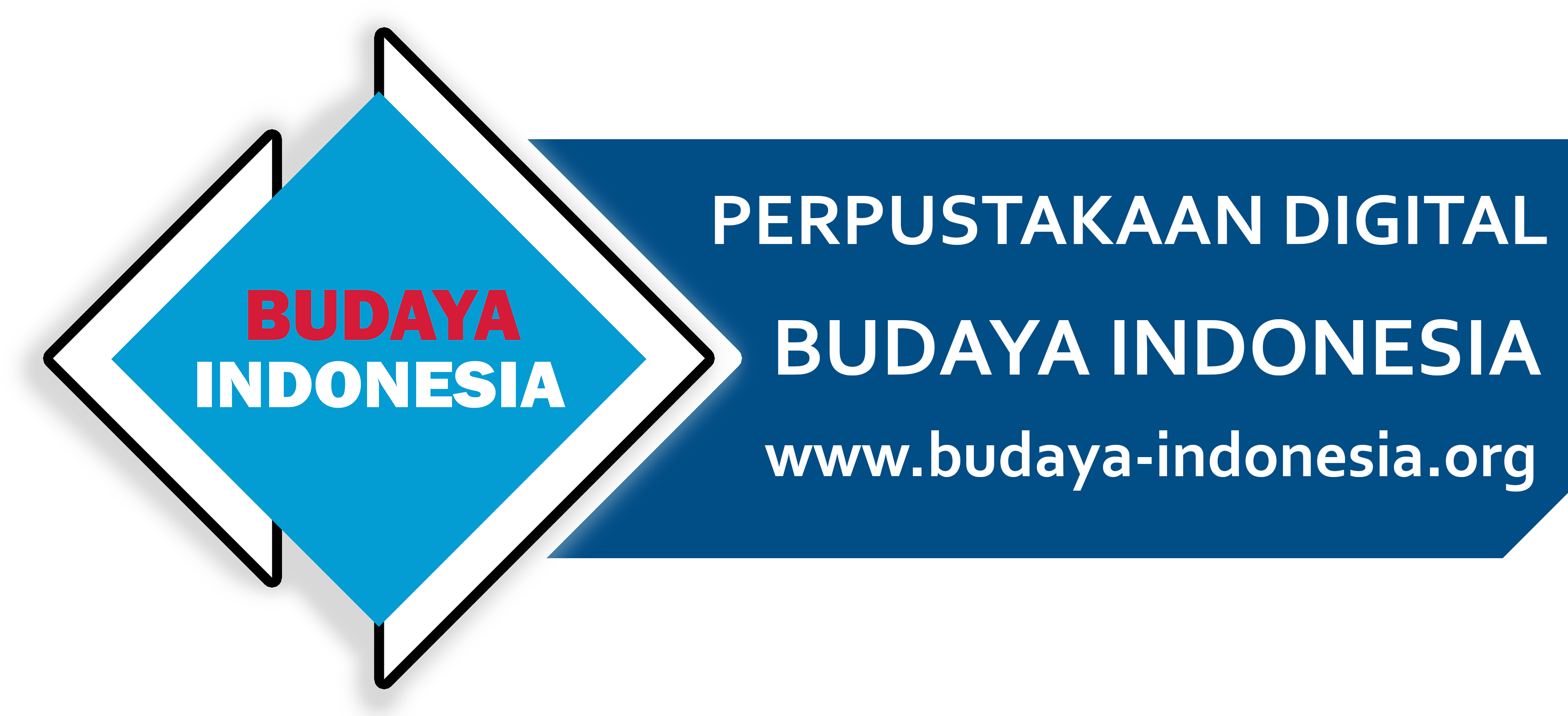Longser: The Theater of Everyday Life
INFOBUDAYA.NET — Longser is a traditional form of theater from West Java, known for its comedic flair and distinctive Sundanese humor. This performing art has existed since 1915 and was first recognized in the Bandung area. The name “longser” comes from the Sundanese words melong (to see) and kaser (to be attracted), reflecting how captivating the performance is for those who watch it—through its storylines, live music, and lively, humorous acting.
During its golden era from the 1920s to the 1960s, Longser was a beloved form of public entertainment in the Priangan region. Unlike grand stage productions, Longser was performed in open spaces such as town squares, train stations, bus terminals, or street corners, often lit only by torches. The atmosphere was humble yet lively, with the audience sitting on mats, enjoying the show in a casual and communal setting. Renowned Longser groups at the time included Bang Tilil, Bang Soang, Bang Tawes, Bang Timbel, and Bang Cineur.
A Longser performance follows a unique and consistent structure. It begins with tatalu, an opening musical piece usually played using a traditional gonjing tune. This is followed by kidung, a mystical opening song sung by a ronggeng (female performer) or sinden (traditional singer) to ensure the smooth flow of the performance and to honor ancestral spirits. The ronggeng then appears on stage to perform an introductory dance. These female dancers wear traditional Sundanese kebaya and sarong, complete with floral headpieces made of jasmine and tuberose, and ornate jewelry such as earrings, rings, and brooches. One of the ronggeng typically becomes the star of the show, known as the Sripanggung.
One of the most anticipated segments is the bobodoran, or comedy sketch, often delivered by male comedians mimicking the ronggeng’s dance in exaggerated, hilarious ways. This part brings out the loudest laughter from the audience, yet it often contains sharp social commentary. The performance then transitions into the lakon or main narrative, which presents stories from everyday life such as marriage, domestic disputes, and social issues—all wrapped in humor and relatability to Sundanese daily culture.
Music plays a vital role in Longser. Traditional instruments like kendang (drum), rebab (bowed string), saron, kecrek, gong, as well as kecapi (lute) and bonang are used. Commonly performed songs include “Awi Ngarambat,” “Geboy,” “Undur-Undur,” and other ketuk tilu (the origin of Jaipong dance) tunes that bring a cheerful atmosphere. Male performers usually dress in traditional Sundanese warrior-style outfits, including a black shirt (kampret), sarong, headcloth (barangbang seplak), a dagger (golok) tucked into their waist, and large stone rings or akar bahar (black coral) bracelets to complete their look.
Beyond entertainment, Longser is a sharp vehicle for social criticism. Some performances address serious topics such as money politics and abuse of power, cleverly presented through humor. One example is the play Ratu Hitut, which satirizes political corruption using witty and comedic dialogue. This demonstrates that Longser is not just a spectacle, but also a reflection of Sundanese society’s critical thinking and creativity.
One of the most influential figures in Longser’s history is Ateng Japar, who founded the Pancawarna troupe in 1939. Starting as street performers, the group eventually performed in formal art halls and became an icon of Longser in Bandung Regency. However, since Ateng Japar’s passing in 2002, Longser has seen a decline, especially as fewer young people are familiar with the art form. Today, amid rapid cultural shifts and digital entertainment, Longser faces major challenges in staying relevant. Yet, its appeal—rooted in clever comedy and social awareness—makes it a timeless tradition worthy of revival and appreciation. Longser is more than just a performance; it is a vital expression of Sundanese identity, capturing both laughter and meaning from the stage of everyday life.
Reference:



Tidak Ada Komentar